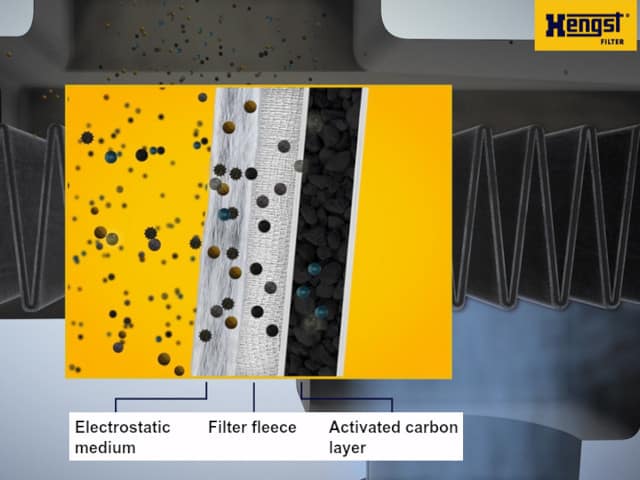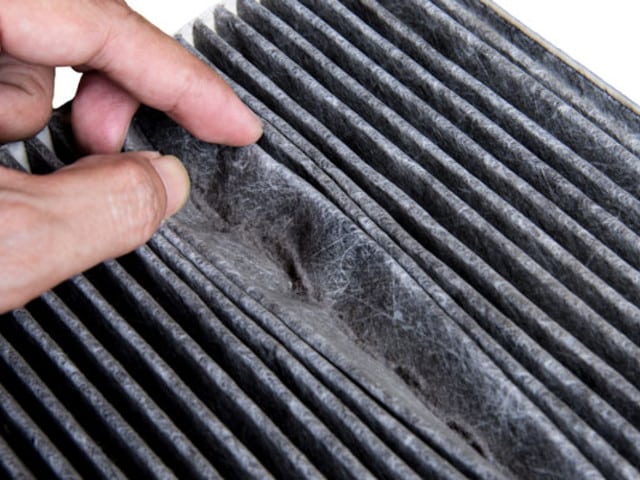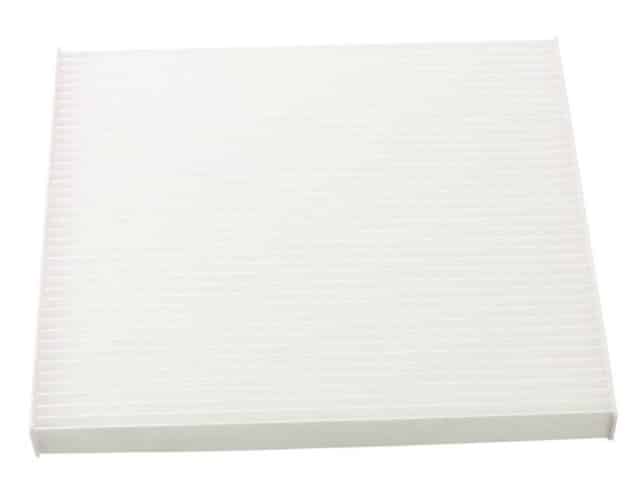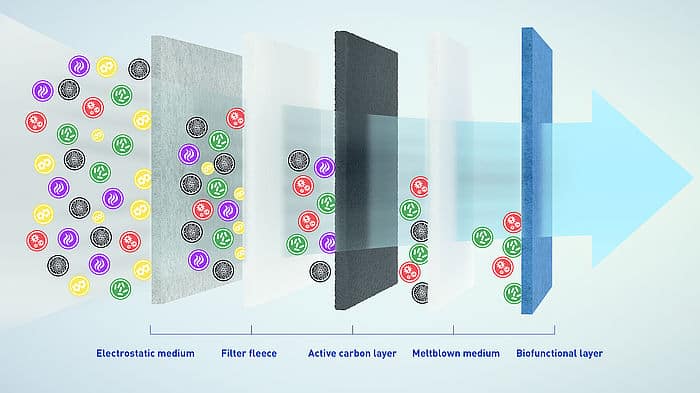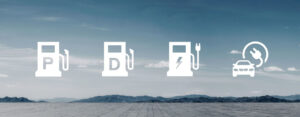Purpose of a Cabin Filter
Cabin filters prevent the dirt, dust, smells and pollen from entering the car through the air-con systems. Most modern vehicles are equipped with such filters. However, the older the car, the higher is the chance that it was not built-in. Either because the car was not initially equipped with a cabin filter or it has not been installed during a recent service.
Where is cabin filter located?
Depending on make and model, you can find a cabin filter either in the engine bay or inside the car.
How often a filter should be replaced?
European Centre for Allergy Research Foundation (ECARF) and German allergy and asthma association recommend that the pollen filter should be replaced every year.
Why is it important to replace the filter?
Because it will provide not only more comfort but also safety. If you sneeze suddenly when driving at 50 km/h, you will travel 13 metres without seeing the road.
Types of cabin filters
Paper cabin filter
Most vehicles built between 1990 and 2000 are equipped with a simple paper filter. A paper filter is designed to prevent coarse dust and bigger particles from reaching the cabin.
Activated carbon cabin filter
Activated carbon cabin filters are more sophisticated and provide more protection against dirt, dust, pollen and smells. Usually they have three layers:
- An electrostatic medium against coarse dust
- Filter fleece as a pollen protection layer
- Activated carbon layer provides protection against smells and air pollutants
Most vehicles built between 2000 and present are equipped with these filters.
Hengst Blue•care® Filter
What is special about Blue•care®?
Hengst has added two additional layers as filter medium boosting fine dust, bacteria and mould protection.
• Meltblown medium
This layer blocks even the finest dust particles (<10µm). These particles are very dangerous as the can penetrate your bronchial tubes deeply.
• Biofunctional layer
Biofunctional coating is resistant to bacteria and prevents mould build-up
